It is a common assumption that chicken wire is the best fencing option for chicken coops. In reality, there are a few varieties of wire out there that can serve the same purpose. This article will guide you in selecting the right type of wire fencing for your chicken coop by taking a look at the various pros and cons of each available option.
For many chicken coop owners, the go-to option for fencing is chicken wire. Composed of galvanized steel strands, it’s a strong yet lightweight construction that requires minimal effort to install. The classic configuration of chicken wire is 1-inch by 2-inches, but it can be found in a range of mesh sizes depending on preferences. An added benefit of using this type of fence is the affordability; chicken wire won’t break the bank like some other fencing options.
A durable and reliable option for your chicken coop is hardware cloth: a woven wire fencing created from galvanized steel. The most popular mesh size is 1/2-inch by 1/2-inch, giving them a durable and secure barrier. While it comes with the added bonus of strength and durability, this type of fencing comes with a heftier price tag than regular chicken wire.
When deciding which fence to use for your chicken coop, an important factor is the thickness (or “gauge”) of the wire. As a general rule, the thicker the wire, the more secure it is – however this also comes with an increased cost. If you opt for chicken wire, it is typically sold as 14 gauge or 16 gauge. If you choose hardware cloth, you will likely see 18 gauge or 20 gauge available.
Outfitting your coop with a wire fence requires some planning and effort but is generally quite straightforward. To begin, you will need to acquire rolls of chicken wire, fencing staples, and a hammer. Start by unspooling the wire and lining it up around the coop’s border. Go around with the staples to affix the netting to its frame before finally using the hammer to drive each one into the frames’s material. In no time at all, your chickens will be safely roosting within a secure enclosure.
Installing hardware cloth comes with a bit more challenge than chicken wire. Start by gathering the necessities – hardware cloth, fencing staples, and a pair of pliers. Unroll the hardware cloth and carefully stretch it along the perimeter of the chicken coop. Secure the board to the frame – use fencing staples and pliers to twist them shut. When done, your framework will be safely guarded from foxes and other predators.
Once you’ve completed the perimeter of your chicken coop with the wire fence, now you require a door. The most hassle-free way to insert this is to opt for a pre-made variation, but you have the additional option of cutting an aperture inside the fencing. To efficiently close this opening, it’s necessary to affix a security mechanism such as a latch.
Keeping your feathered friends safe and secure is a top priority for any chicken coop owner, which is why adding a chicken-wire enclosure around the area is a great way to guard hens against potential predators. When selecting and installing the wire, however, it is important to keep in mind what type best suits your goals and budget while carefully following the instructions to ensure proper installation.
Related Product
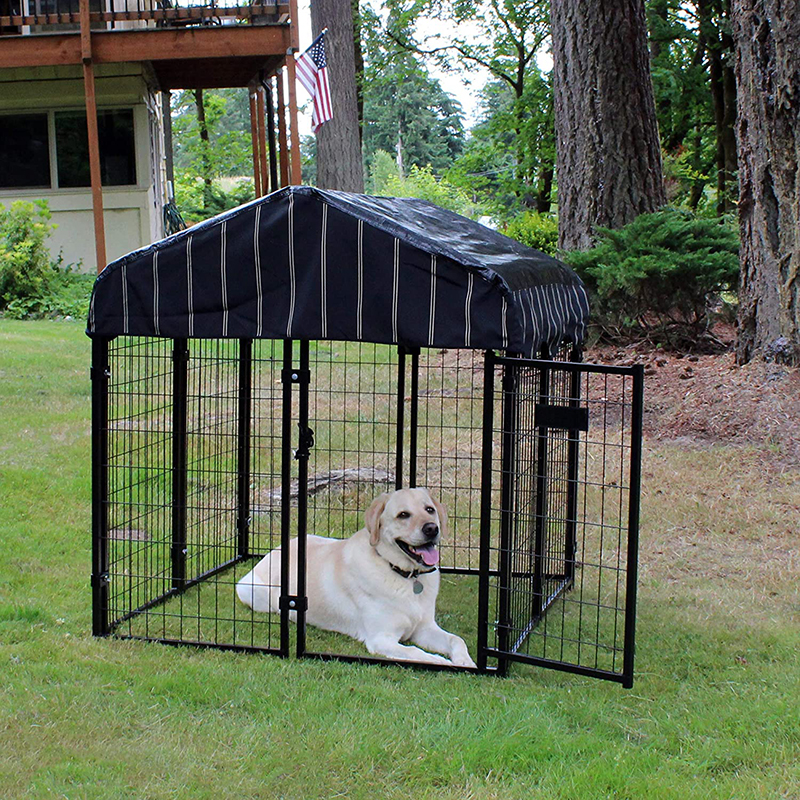
Dog Cage
Factory wholesale large metal multi functional dog cage kennel outdoor About the dog cage: * SAFE FOR DOGS – Our welded wire kennel offers safe protection for dogs of all siz […]
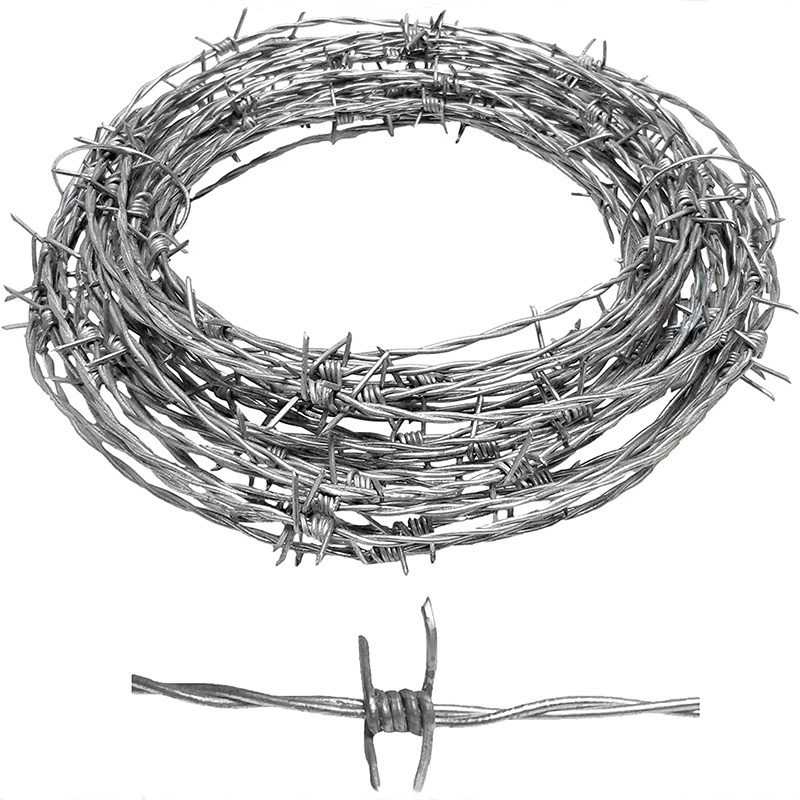
Barbed Wire
Product Information: Barbed Wire Material High quality low carbon steel wire, iron wire, etc. Category 1.Hot dipped galvanized 2.Electric galvanized 3.PVC coated Weving and Charact […]
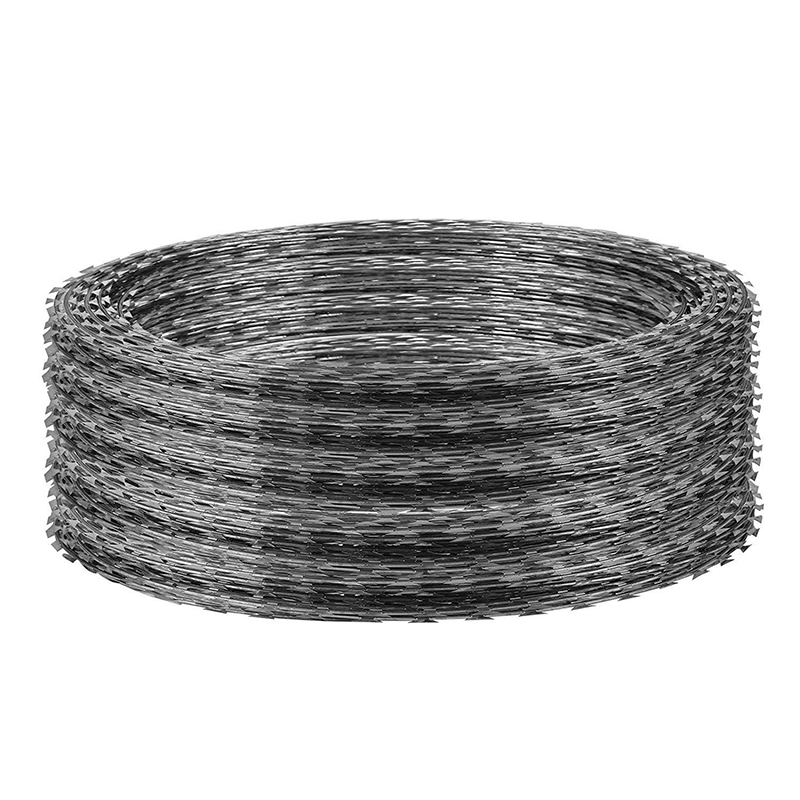
Razor Wire
Product information: Concertina Razor Wire is widely used for construction of high security fencing projects in military and national defence. We export directly and supply Razor W […]
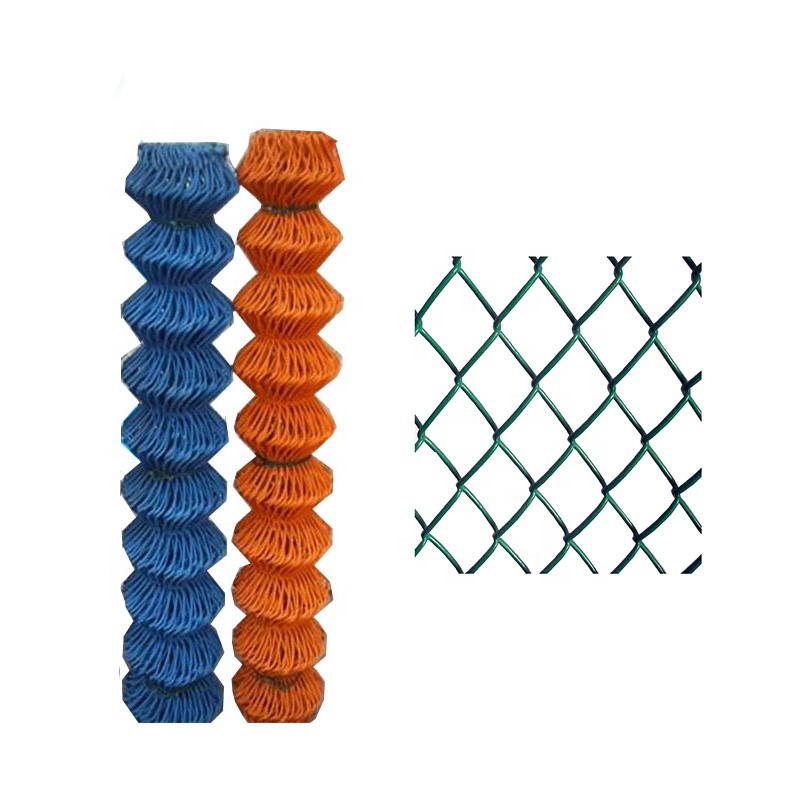
Chain Link Fence
Product information: Specification: Galvanized chain link fence Mesh Wire gauge Width Length 1″ BWG11,12,13,14 0.5-4m 0.5-25m 1-1/2″ BWG8,9,10,11,12,13 0.5-4m 0.5-25m 2 […]
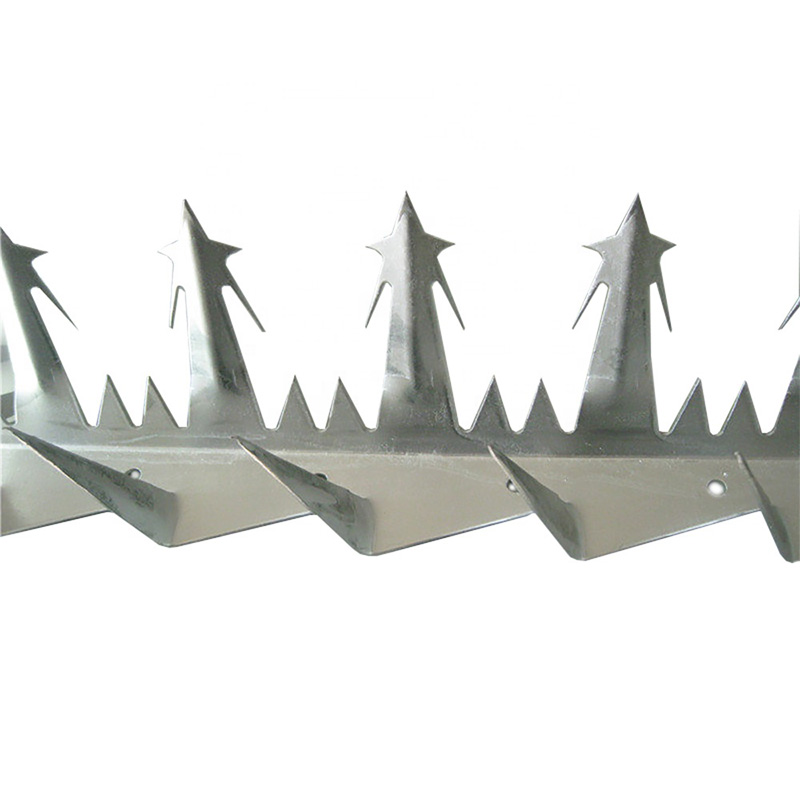
Anti Climb Wall Spikes
Product information: Big Sized Wall Spike Specification Type Big Sized Wall Spike A Big Sized Wall Spike B Model Number Anti-Climb wall Spikes Material HOT DIPPED GALVANIZED STAINL […]
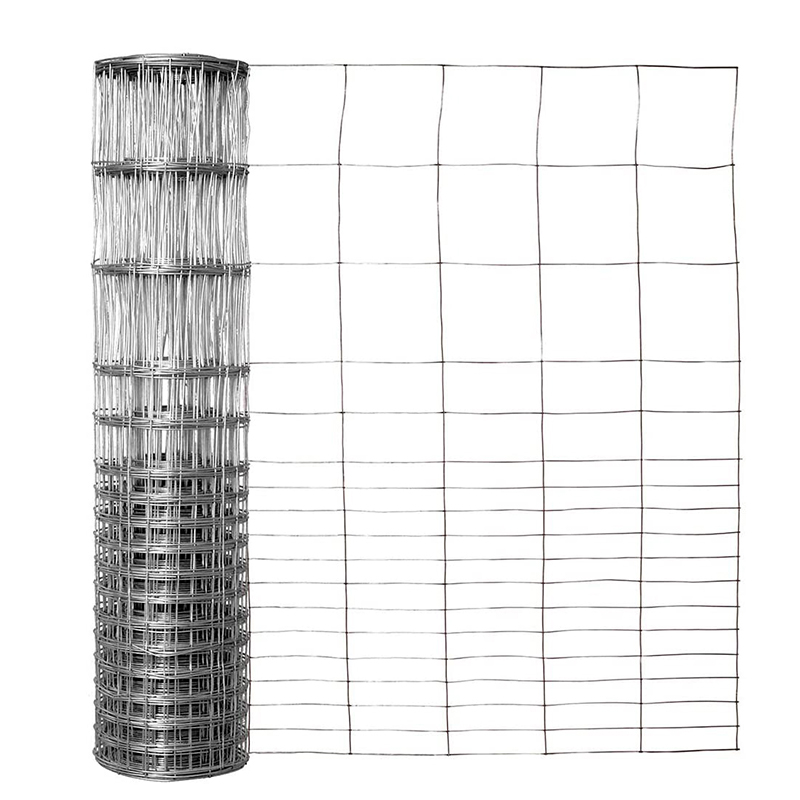
Hot Dip Galvanized Steel Field Fence
Product information: Field Fence also called Grassland Fence,Cattle Fence,Kraal Network Fence,Farm Fence is a widely used in America and Europe.Field fence is manufactured in a wid […]
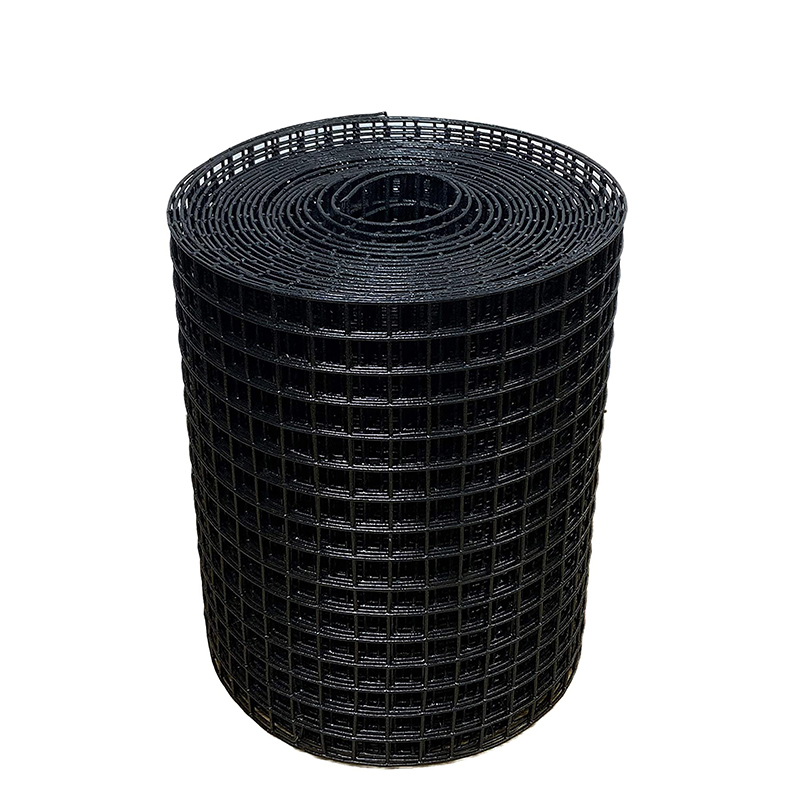
Pvc Coated Wire Mesh
Product information: PVC coated welded mesh Mesh size Wire diameter (in mm) Width&Length In inch In mm Before coating After coating Width:0.5m-2.0m Length:25m,30m […]
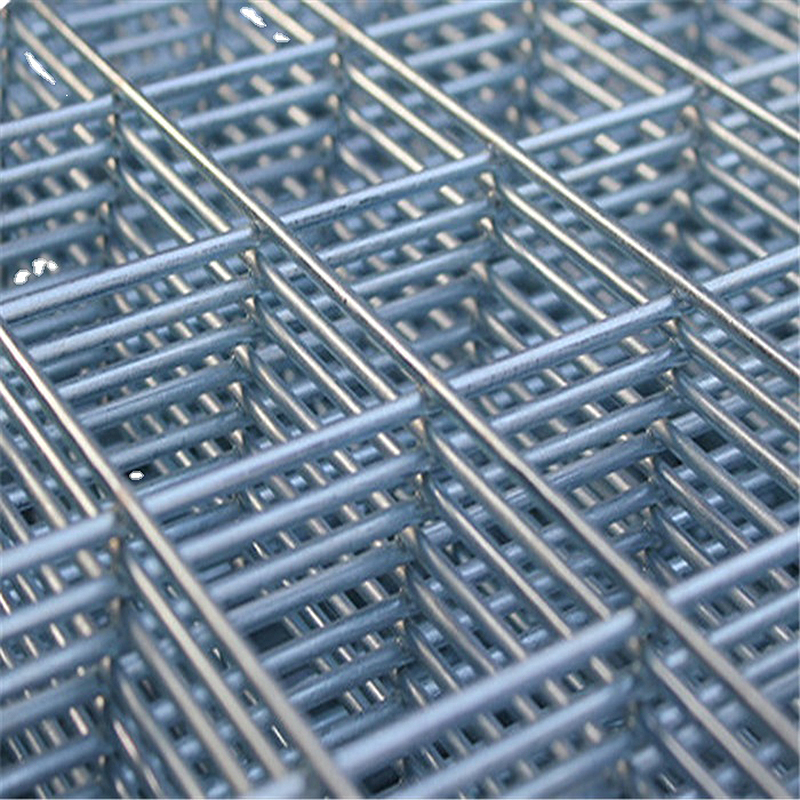
Welded Wire Mesh Panels
Product information: 1.Materials:Stainless steel wire, Low carbon steel wire, Galvanized wire 2.Style: (1)Electro or Hot dipped galvanized after or before welding; (2)Stainless ste […]
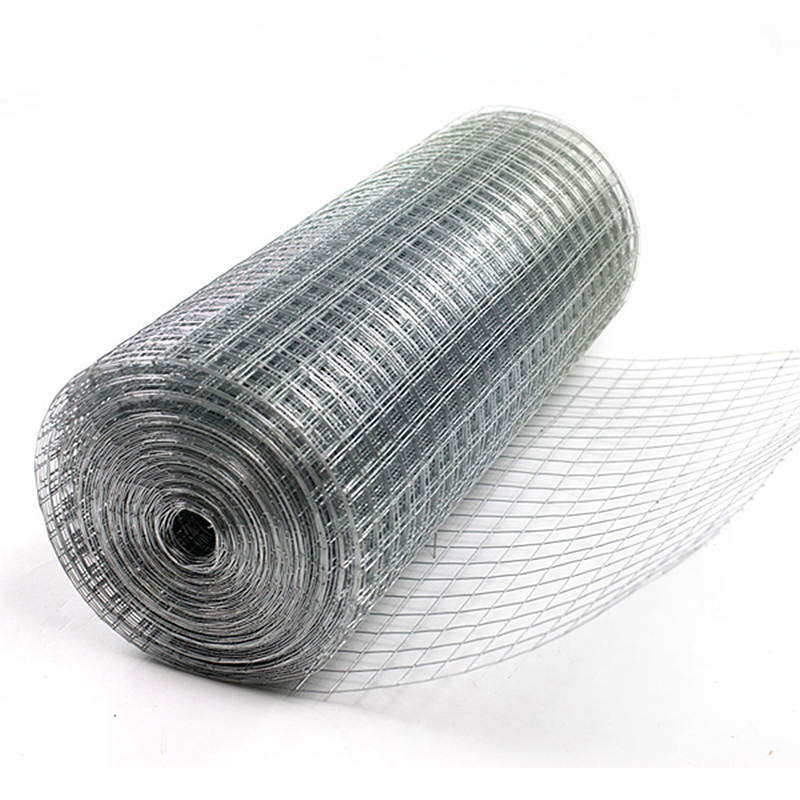
Hardware Cloth
Product information: Welded wire mesh is welded form superior low carbon steel wire and then galvanized or pvc coated or stainless steel wire and then welded. It features smooth su […]
Post time:2023-06-22

